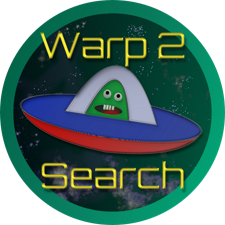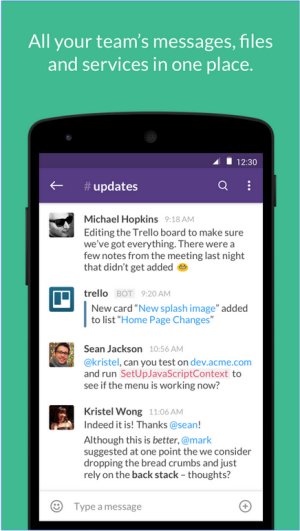Slack has recently released version 4.44.59, enhancing its capabilities as a comprehensive communication platform that consolidates team interactions through real-time messaging, file sharing, and group discussions. With a user-friendly design and an intuitive interface, Slack aims to reduce email reliance and streamline workflows for businesses, especially those with remote teams.
The core functionality of Slack revolves around its messaging features, particularly through Channels that organize conversations by projects, departments, or topics, helping maintain focus and clarity. Direct messaging allows for quick exchanges, while users can share files and links directly within conversations, simplifying communication. The platform’s powerful search capability enables users to easily find past messages and files.
A significant advantage of Slack is its extensive integration options, allowing users to connect with tools like Google Drive, Trello, Zoom, and Asana. This integration capability transforms Slack into a hub for project management and task automation, making it far more than just a messaging app. Key features include organized Channels, direct messaging, file sharing, searchable history, automation through Slackbot, and voice/video calls.
Slack offers a free plan that includes access to a limited message history and integrations, making it accessible for smaller teams or startups. However, for organizations needing more advanced features, the Pro, Business+, and Enterprise plans provide expanded capabilities, unlimited message history, and enhanced security options. While Slack's user-friendly design and flexibility make it a preferred choice compared to competitors like Microsoft Teams and Google Chat, limitations in the free plan may be a drawback for growing teams.
Pros and Cons:
- Pros: User-friendly interface, extensive integrations, organized discussions, cross-device functionality, searchable history (in paid plans).
- Cons: Free plan limits message history, potential for notification overload, and costs can accumulate for larger teams.
Extended Summary:
Ultimately, Slack is a robust solution for enhancing team communication and productivity, particularly in modern workplaces where remote collaboration is essential. Its vast feature set, coupled with the ability to integrate various work tools into a single platform, makes it an invaluable resource for teams of all sizes. However, users should be prepared to manage notifications actively and consider their budget if choosing paid plans. As Slack continues to evolve, it remains a key player in the realm of team collaboration, striving to meet the diverse needs of organizations in an increasingly digital work environment
The core functionality of Slack revolves around its messaging features, particularly through Channels that organize conversations by projects, departments, or topics, helping maintain focus and clarity. Direct messaging allows for quick exchanges, while users can share files and links directly within conversations, simplifying communication. The platform’s powerful search capability enables users to easily find past messages and files.
A significant advantage of Slack is its extensive integration options, allowing users to connect with tools like Google Drive, Trello, Zoom, and Asana. This integration capability transforms Slack into a hub for project management and task automation, making it far more than just a messaging app. Key features include organized Channels, direct messaging, file sharing, searchable history, automation through Slackbot, and voice/video calls.
Slack offers a free plan that includes access to a limited message history and integrations, making it accessible for smaller teams or startups. However, for organizations needing more advanced features, the Pro, Business+, and Enterprise plans provide expanded capabilities, unlimited message history, and enhanced security options. While Slack's user-friendly design and flexibility make it a preferred choice compared to competitors like Microsoft Teams and Google Chat, limitations in the free plan may be a drawback for growing teams.
Pros and Cons:
- Pros: User-friendly interface, extensive integrations, organized discussions, cross-device functionality, searchable history (in paid plans).
- Cons: Free plan limits message history, potential for notification overload, and costs can accumulate for larger teams.
Extended Summary:
Ultimately, Slack is a robust solution for enhancing team communication and productivity, particularly in modern workplaces where remote collaboration is essential. Its vast feature set, coupled with the ability to integrate various work tools into a single platform, makes it an invaluable resource for teams of all sizes. However, users should be prepared to manage notifications actively and consider their budget if choosing paid plans. As Slack continues to evolve, it remains a key player in the realm of team collaboration, striving to meet the diverse needs of organizations in an increasingly digital work environment
Slack 4.44.59 released
Slack puts all your team communications in one place wherever you go with real-time messaging, file sharing, and one-to-one and group conversations.


